Rising Demand for Construction Activities
The Structural Steel Fabrication Market is experiencing a notable surge in demand due to increased construction activities across various sectors. This trend is driven by the expansion of residential, commercial, and industrial projects, which require robust structural components. According to recent data, the construction sector is projected to grow at a compound annual growth rate of approximately 5.5% over the next few years. This growth is likely to bolster the demand for fabricated steel, as it offers strength, durability, and design flexibility. Furthermore, the ongoing investments in infrastructure development, particularly in emerging economies, are expected to further enhance the market landscape. As a result, the Structural Steel Fabrication Market is poised to benefit significantly from this upward trajectory in construction activities.
Rising Investment in Renewable Energy Projects
The Structural Steel Fabrication Market is witnessing a surge in demand driven by increased investments in renewable energy projects. As the world shifts towards sustainable energy sources, the need for robust structural components in wind, solar, and hydroelectric projects is becoming more pronounced. Structural steel plays a critical role in the construction of renewable energy facilities, providing the necessary strength and durability to withstand environmental conditions. Recent data indicates that investments in renewable energy are expected to reach trillions of dollars over the next decade, significantly impacting the Structural Steel Fabrication Market. This trend not only supports the growth of the market but also aligns with global efforts to reduce carbon emissions and promote sustainable development.
Increased Focus on Sustainable Building Practices
Sustainability has become a pivotal focus within the Structural Steel Fabrication Market, as stakeholders increasingly prioritize eco-friendly building practices. The shift towards sustainable construction is driven by regulatory frameworks and consumer preferences for environmentally responsible materials. Structural steel is recognized for its recyclability and lower carbon footprint compared to other materials, making it an attractive option for green building projects. Recent studies indicate that the use of recycled steel can reduce energy consumption by up to 75%. This growing emphasis on sustainability is likely to propel the demand for fabricated steel solutions that align with green building certifications, thereby enhancing the market's growth potential. Consequently, the Structural Steel Fabrication Market is adapting to these trends by innovating and offering sustainable fabrication methods.
Technological Innovations in Fabrication Processes
Technological advancements are reshaping the Structural Steel Fabrication Market, leading to enhanced efficiency and productivity. Innovations such as automated fabrication techniques, 3D printing, and advanced software for design and modeling are revolutionizing the way steel is fabricated. These technologies not only streamline operations but also improve precision and reduce waste, which is crucial in a competitive market. For instance, the integration of Building Information Modeling (BIM) allows for better project visualization and coordination, minimizing errors during construction. As a result, companies that adopt these technologies are likely to gain a competitive edge, driving growth within the Structural Steel Fabrication Market. The ongoing investment in research and development further indicates a commitment to leveraging technology for improved fabrication processes.
Growing Urbanization and Infrastructure Development
Urbanization is a significant driver of growth within the Structural Steel Fabrication Market, as cities expand and infrastructure demands increase. The rapid urban population growth necessitates the construction of new buildings, transportation systems, and public facilities, all of which require structural steel components. Recent projections suggest that urban areas will house nearly 68% of the world's population by 2050, leading to unprecedented infrastructure demands. This trend is likely to create substantial opportunities for the Structural Steel Fabrication Market, as fabricated steel is essential for meeting the structural requirements of modern urban environments. Additionally, government initiatives aimed at improving infrastructure are expected to further stimulate market growth, as investments in roads, bridges, and public transport systems increase.


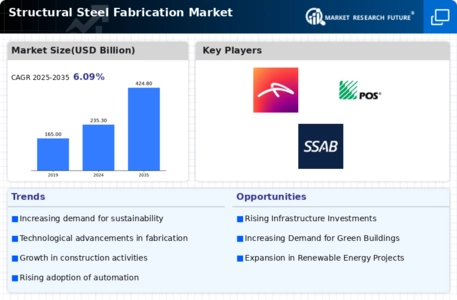
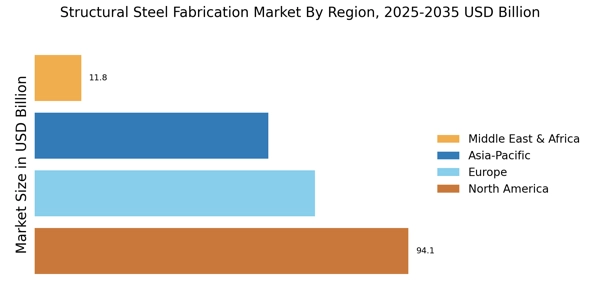

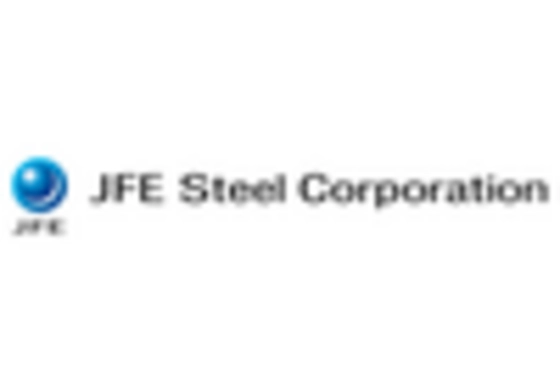
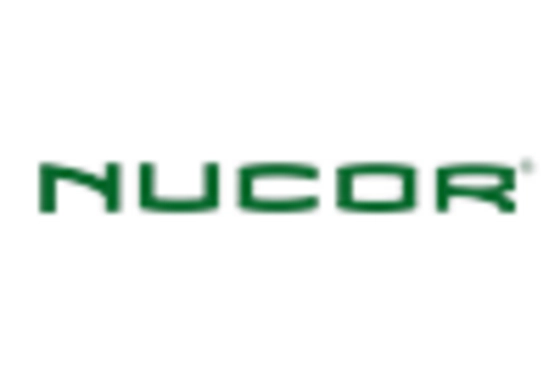

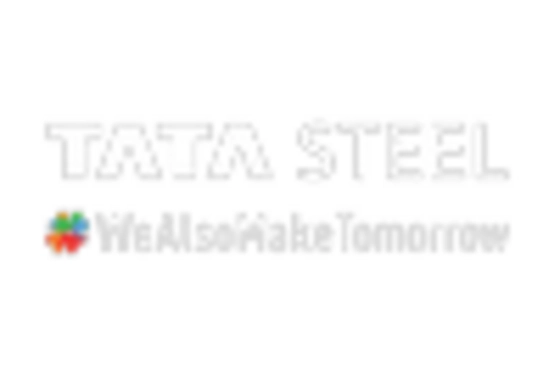
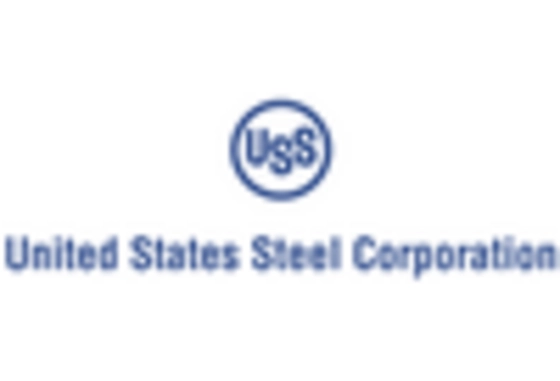








Leave a Comment